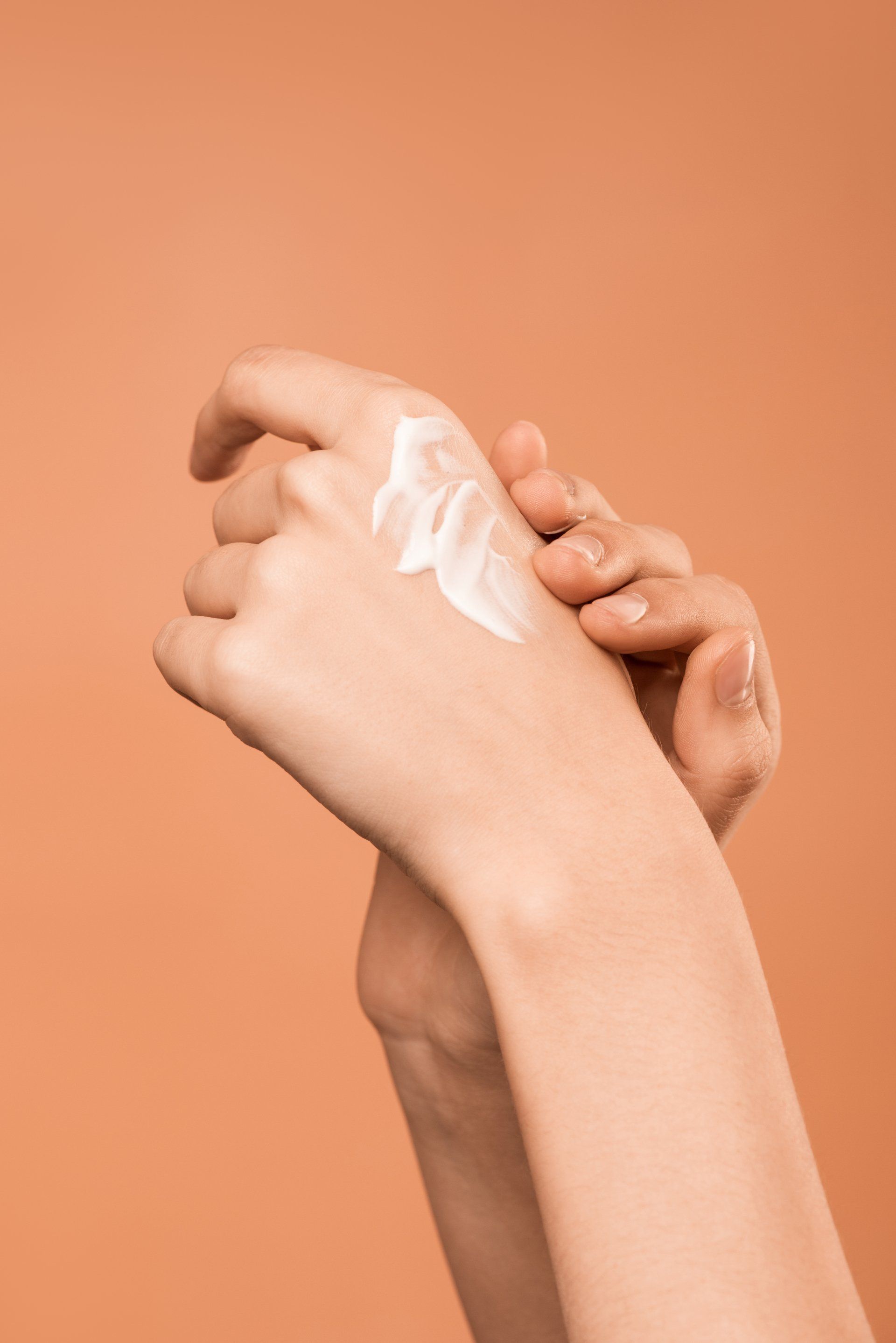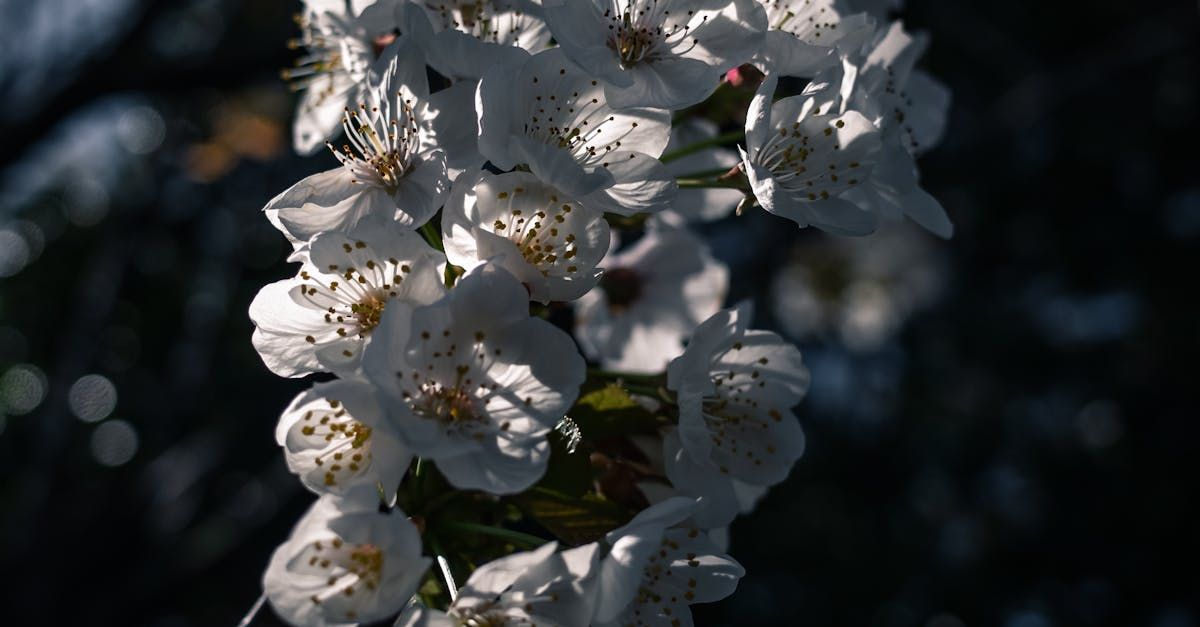Exploring the Art of Crafting Cannabis Topicals
Unlocking the Healing Potential: A Journey into Crafting Cannabis Topicals
Cannabis topicals have gained popularity in recent years for their potential therapeutic benefits without the psychoactive effects commonly associated with marijuana consumption. These products, which include lotions, balms, and creams infused with cannabis extracts, are applied directly to the skin. In this blog, we will take you through the fascinating process of making cannabis topicals.
Understanding Cannabis Topicals
Before delving into the production process, it's essential to understand the basics of cannabis topicals. These products are typically designed for localized relief, making them a popular choice for individuals seeking relief from pain, inflammation, and skin-related issues. The active compounds in cannabis, such as cannabinoids and terpenes, are incorporated into the topical formula to target specific areas of the body without inducing a "high."
Ingredients and Equipment
- Cannabis Extract: The first step in making cannabis topicals is acquiring a high-quality cannabis extract, which can be obtained through various methods such as CO2 extraction or solvent-based extraction.
- Base Ingredients: The base of the topical often includes ingredients like shea butter, coconut oil, beeswax, or other carrier oils and waxes. These provide the topical with its texture and consistency.
- Essential Oils: Essential oils, like lavender, eucalyptus, or peppermint, are commonly added for fragrance and additional therapeutic benefits.
- Equipment: You will need basic kitchen equipment such as a double boiler, mixing bowls, and utensils. Safety gear, including gloves and goggles, is also crucial when working with cannabis extracts.
The Manufacturing Process
- Decarboxylation: Cannabis extracts are typically activated through a process called decarboxylation, which involves heating the cannabis to convert non-psychoactive cannabinoids (THCA and CBDA) into their active forms (THC and CBD). This step is crucial for achieving the desired therapeutic effects.
- Mixing Ingredients: Combine the activated cannabis extract with the chosen base ingredients and essential oils. The exact recipe and ratios may vary depending on the desired potency and consistency of the topical.
- Heating and Mixing: Heat the mixture using a double boiler to ensure the cannabis extract is evenly distributed within the base. Stir continuously until all components are well incorporated.
- Cooling and Packaging: Allow the mixture to cool and solidify, then transfer it into suitable containers, such as jars or tubes. Ensure proper labeling, including the product's cannabinoid content, recommended use, and any necessary warnings.
Quality Control and Testing
To ensure the safety and efficacy of your cannabis topicals, it's essential to conduct quality control and testing. Many producers send their products to third-party laboratories for cannabinoid and terpene profiling, microbial screening, and contamination checks. This information helps verify the product's consistency and potency and assures customers of its safety.
The process of making cannabis topicals combines science, creativity, and a commitment to providing therapeutic solutions for various ailments. When crafted with care and precision, these products offer a natural alternative for individuals seeking localized relief without the need for traditional cannabis consumption methods. As the cannabis industry continues to evolve, the art of crafting cannabis topicals is poised to play an essential role in enhancing people's well-being.
SHARE:
Disclaimer: The information provided in this article is for educational purposes only. The content is not intended to be a substitute for professional medical advice, diagnosis, or treatment. Always seek the advice of your physician or other qualified healthcare provider with any questions you may have regarding a medical condition. The use of cannabis, including smoking, may have potential health risks and may not be suitable for everyone. It is essential to understand and abide by the laws in your country or state regarding cannabis use. The author and publisher of this article are not responsible for any adverse effects or consequences that may result from the use of the information presented in this article. This blog is sponsored by
Fresh Mint.












